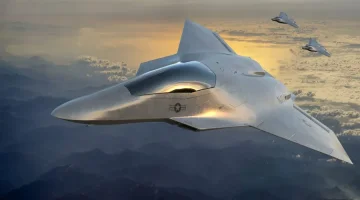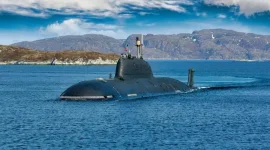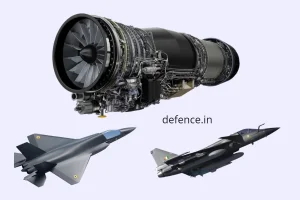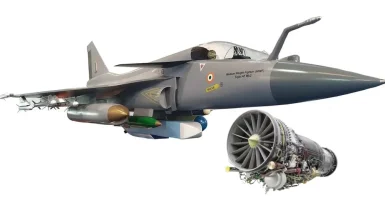- Views: 2K
- Replies: 3
State-owned aerospace and defence company Hindustan Aeronautics Limited (HAL) is confronting a critical challenge that could define its future in India's military transport sector.
As the Indian Air Force (IAF) urgently seeks to replace its ageing fleet of Antonov An-32 and Ilyushin Il-76 aircraft, HAL must present viable indigenous designs or risk losing multi-billion dollar contracts to increasingly competitive private Indian firms.
The IAF is facing a significant shortfall in its airlift capacity, a problem set to escalate as its workhorse transport planes near the end of their service lives. In response, the Ministry of Defence (MoD) is reviving the Medium Transport Aircraft (MTA) programme, which has been inactive for over a decade.
A tender is expected for the acquisition of up to 80 medium-lift aircraft, an opportunity valued at approximately $5 billion under the 'Make in India' initiative.
Simultaneously, the IAF is looking to acquire 10 to 12 heavy transport aircraft by 2035 to succeed the Il-76 fleet, having already opted against an upgraded Russian model in favour of solutions offering greater domestic production value.
This situation presents a major opening for global aviation leaders like Brazil's Embraer, with its C-390 Millennium, and America's Lockheed Martin, with its C-130J Super Hercules.
However, the true competition for HAL may come from domestic private companies. These firms have been emboldened by the success of the C-295 aircraft deal, where Tata Advanced Systems Limited (TASL) partnered with Airbus.
The C-295 contract, signed in 2021, was a landmark moment for India's private defence industry. Valued at $2.5 billion, the agreement tasked TASL and Airbus with supplying 56 transport aircraft to the IAF.
The deal established India’s first private-sector military aircraft manufacturing facility in Vadodara, Gujarat, which was inaugurated in October 2024. While 16 aircraft were delivered directly from Spain, the remaining 40 are being produced in India, with the final imported plane arriving in August 2025.
HAL's exclusion from this major project highlighted the private sector's agility in forming global partnerships and establishing production ecosystems.
Following the C-295 model's success, other major private players, including Adani Defence, Bharat Forge, and Mahindra, are actively exploring partnerships with foreign manufacturers to bid for the upcoming MTA programme.
With the government mandating high levels of local content—up to 70%—these companies are well-positioned to replicate the TASL-Airbus strategy of combining foreign technology with domestic manufacturing prowess.
To remain a key player, experts suggest HAL must leverage its extensive experience to propose a new line of indigenous transport aircraft.
The company, which recently secured a ₹62,370 crore contract in September 2025 for 97 additional Tejas Mk1A fighter jets, is being urged to expand its focus.
A recommended strategy involves a two-phase development plan: first, a medium transport aircraft with a 30-tonne payload to meet the MTA requirements, followed by a 60-tonne heavy-lift aircraft to fill the void left by the Il-76.
This initiative could draw upon HAL's experience in upgrading Dornier 228 aircraft and its collaboration with the National Aerospace Laboratories (NAL) on the Regional Transport Aircraft (RTA) project.
The Indian government has shown strong support for self-reliance through initiatives like the establishment of a Special Purpose Vehicle (SPV) in March 2025 to oversee regional aircraft production.
By presenting a clear and credible roadmap for an indigenous transport aircraft, possibly developed with NAL and incorporating avionics from the Defence Research and Development Organisation (DRDO), HAL could secure crucial government support and funding.
Without such a bold step, the public sector giant risks being overshadowed by private innovators in the next chapter of India's aerospace manufacturing journey.




